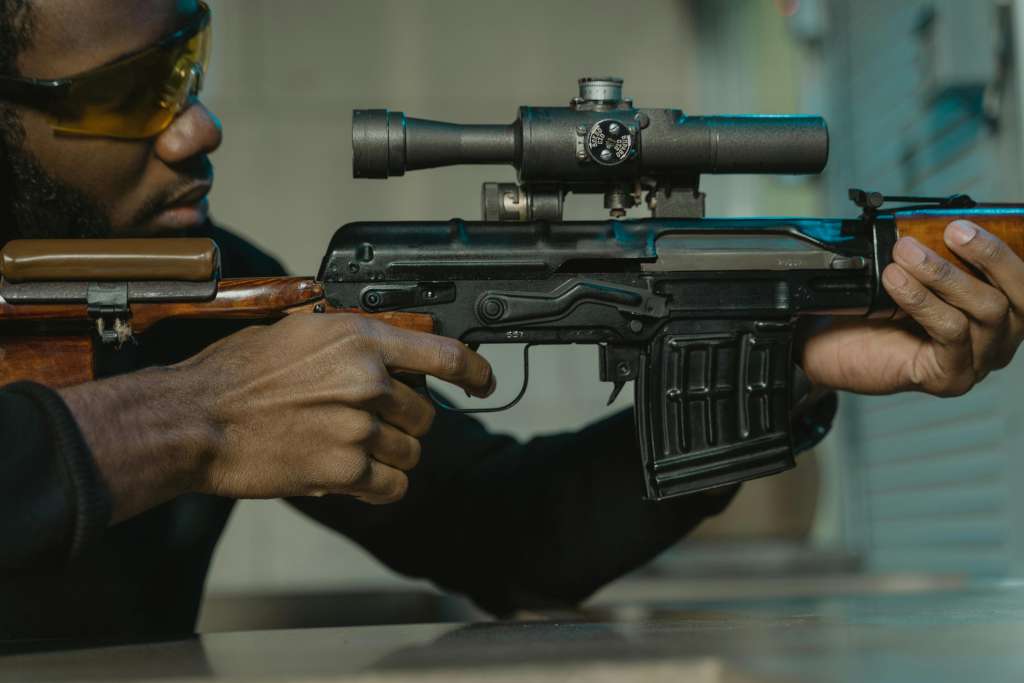How to Become a Licensed Gunsmith
If you’re passionate about firearms and have a knack for craftsmanship, you’ve probably wondered how to become a licensed gunsmith. Gunsmithing isn’t just a trade; it’s an art that blends technical expertise with creativity and precision. Whether you dream of designing custom firearms or restoring vintage rifles, becoming a licensed gunsmith is an exciting and rewarding career path.
Let’s walk through the essential steps to turn your passion into a profession and earn your place in the world of gunsmithing.
What Does It Mean to Be a Licensed Gunsmith?
A licensed gunsmith is a professional authorized to repair, modify, and manufacture firearms. The “licensed” part is crucial; it means you’ve met federal, state, and local requirements, including obtaining a Federal Firearms License (FFL). Without the proper license, you can’t legally work on or sell firearms in the United States.
Being a licensed gunsmith also involves responsibilities like adhering to safety standards, staying compliant with firearm regulations, and maintaining meticulous records of your work.
Step 1: Research the Licensing Requirements
The first step in becoming a licensed gunsmith is understanding what’s legally required. Gunsmithing is heavily regulated to ensure safety and compliance with federal laws.
Here’s what you need to know:
- Federal Firearms License (FFL): Apply for an FFL through the Bureau of Alcohol, Tobacco, Firearms, and Explosives (ATF). This involves filling out ATF Form 7, undergoing a background check, and paying an application fee.
- Eligibility: To qualify, you must be at least 21 years old, legally allowed to own firearms, and in compliance with all local zoning laws.
- Zoning: Even if you’re planning to work from home, check with your local government to ensure your business complies with zoning ordinances.
Step 2: Get the Right Training
Learning the craft of gunsmithing is essential before you can become a licensed gunsmith. Gunsmithing involves working with complex mechanical systems, precision tools, and a variety of firearm types.
Where to Get Training
- Gunsmithing Schools
Enroll in a gunsmithing program at a trade school or college. These programs cover topics like firearm mechanics, metalworking, woodworking, and custom gun design. Some well-known schools include the Colorado School of Trades and Lassen Community College. - Online Courses
If attending a physical school isn’t feasible, online Concealed carry classes are a flexible alternative. These courses often provide video tutorials and written materials to help you learn at your own pace. - Apprenticeships
Working alongside an experienced gunsmith is one of the best ways to gain hands-on skills and industry insights. Look for local shops that offer apprenticeships or internships.
If you’re based in Florida, check out Jacksonville Gun Runners for training classes. Their professional programs are designed to provide you with the practical knowledge needed to start your career. Contact them at JaxGunRun@gmail.com or call 904-516-0357 to learn more.
Step 3: Acquire Your Tools and Workspace
Gunsmithing requires precision tools and a well-organized workspace. You don’t need to buy everything at once, but starting with a solid toolkit is essential.
Basic Tools for Gunsmithing
- Firearm-specific screwdrivers and punches.
- Bench vise and clamps.
- Precision measuring tools like calipers and micrometers.
- Files, rasps, and a Dremel tool for detailed work.
- A lathe or milling machine (optional for advanced customizations).
Setting Up Your Workspace
Your workspace should be secure, well-lit, and compliant with ATF regulations. If you’re operating a home-based business, ensure you have proper storage for firearms and parts.
Step 4: Apply for Your Federal Firearms License (FFL)
Once you’ve completed your training and are ready to work professionally, the next step is applying for your FFL.
How to Apply
- Visit the ATF website and download ATF Form 7.
- Fill out the application and submit it along with the $200 fee.
- Prepare for an in-person interview with an ATF representative, who will review your qualifications and inspect your workspace.
After approval, you’ll receive your FFL, officially making you a licensed gunsmith.
Step 5: Gain Experience and Build Your Reputation
No matter how much training you’ve had, real-world experience is invaluable. Start small by repairing or customizing firearms for friends, family, or local shooting enthusiasts.
Ways to Gain Experience
- Volunteer Work: Offer your services at a local gun shop or shooting range.
- Build Custom Firearms: Work on assembling firearms from kits to hone your skills.
- Specialize: Consider focusing on a specific niche, such as competition firearms, antique restoration, or engraving.
Step 6: Stay Compliant with Laws and Regulations
As a licensed gunsmith, staying compliant with firearms laws is critical. These regulations can vary widely depending on where you live, so it’s essential to stay informed.
Key Areas of Compliance
- Recordkeeping: Maintain accurate logs of all firearm transactions and modifications.
- Firearm Storage: Follow ATF guidelines for securely storing firearms and parts.
- Legal Updates: Keep up with changes in local, state, and federal firearms laws.
Final Thoughts
Becoming a licensed gunsmith takes dedication, patience, and a passion for firearms. From gaining the proper training to obtaining your FFL, the journey is a mix of learning, practice, and navigating legal requirements. Your future in gunsmithing is waiting time to roll up your sleeves and get started!

